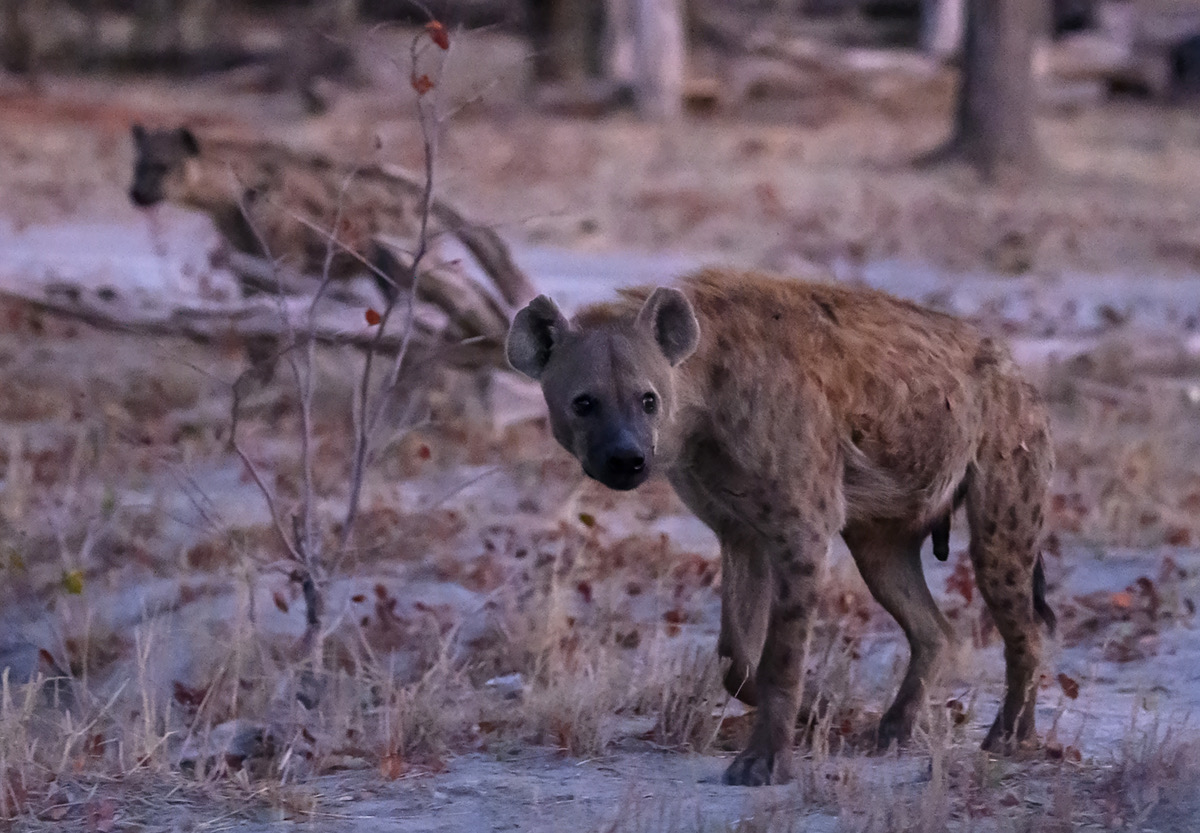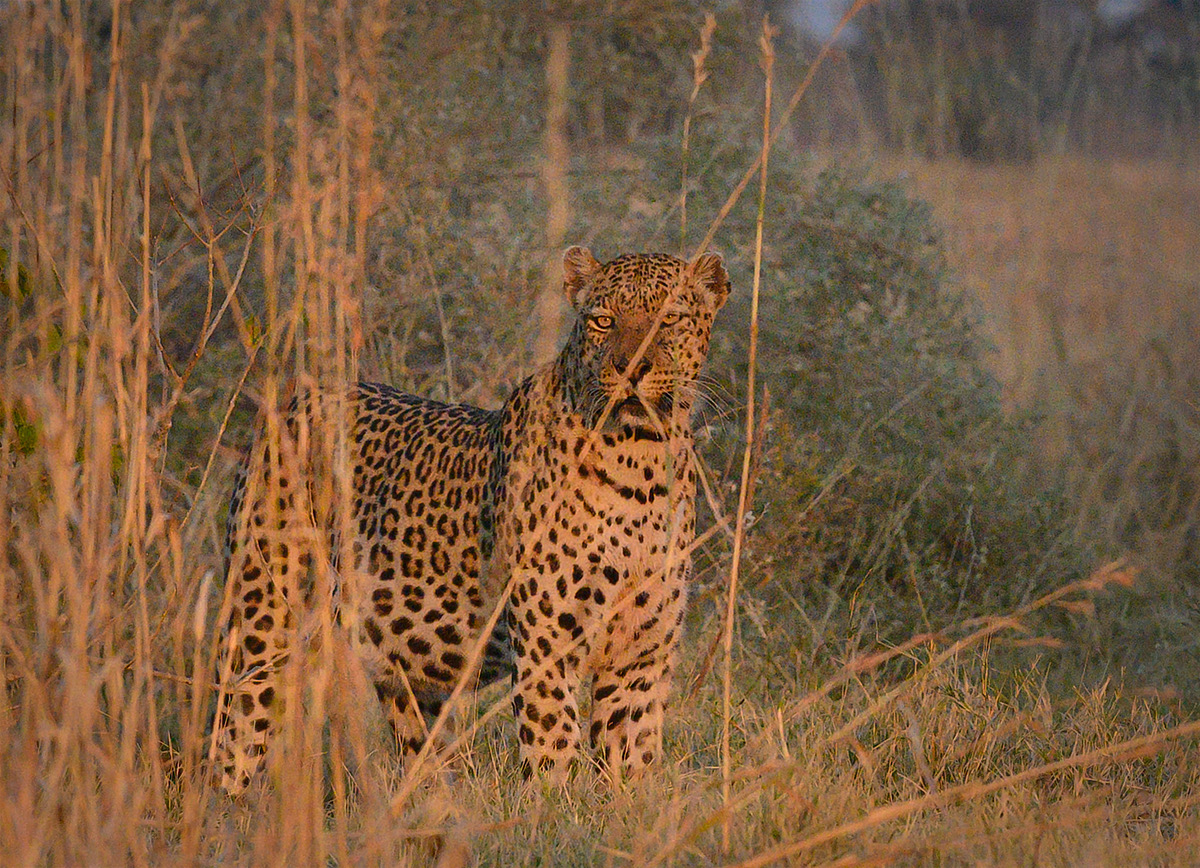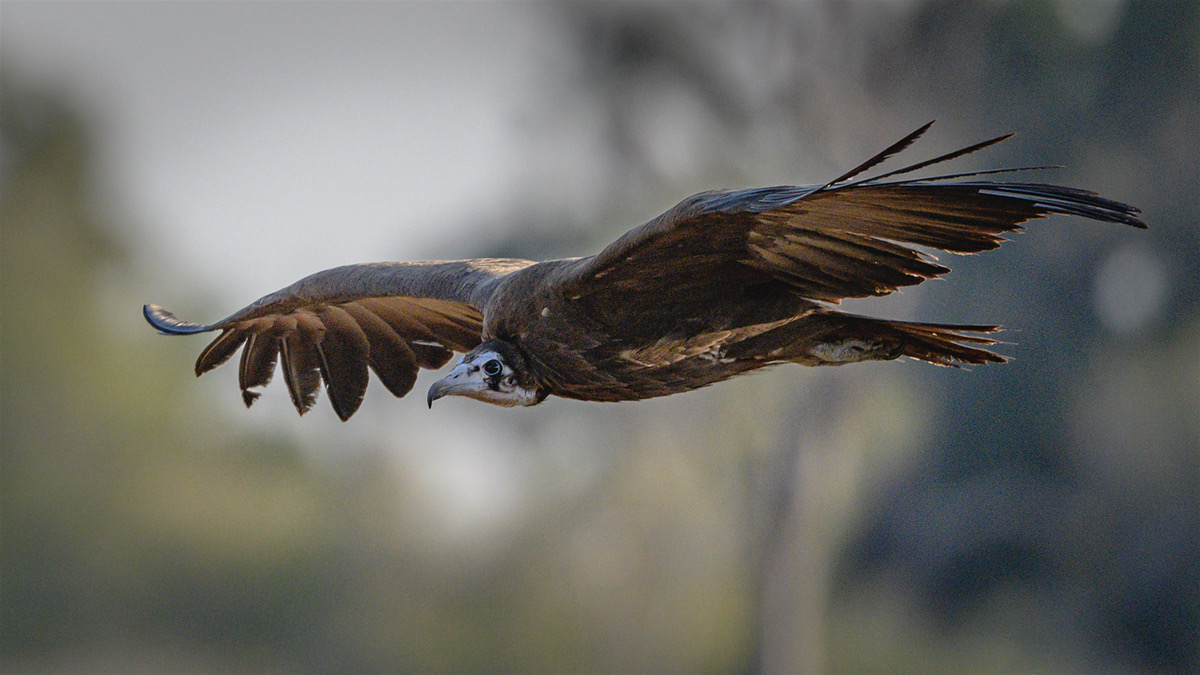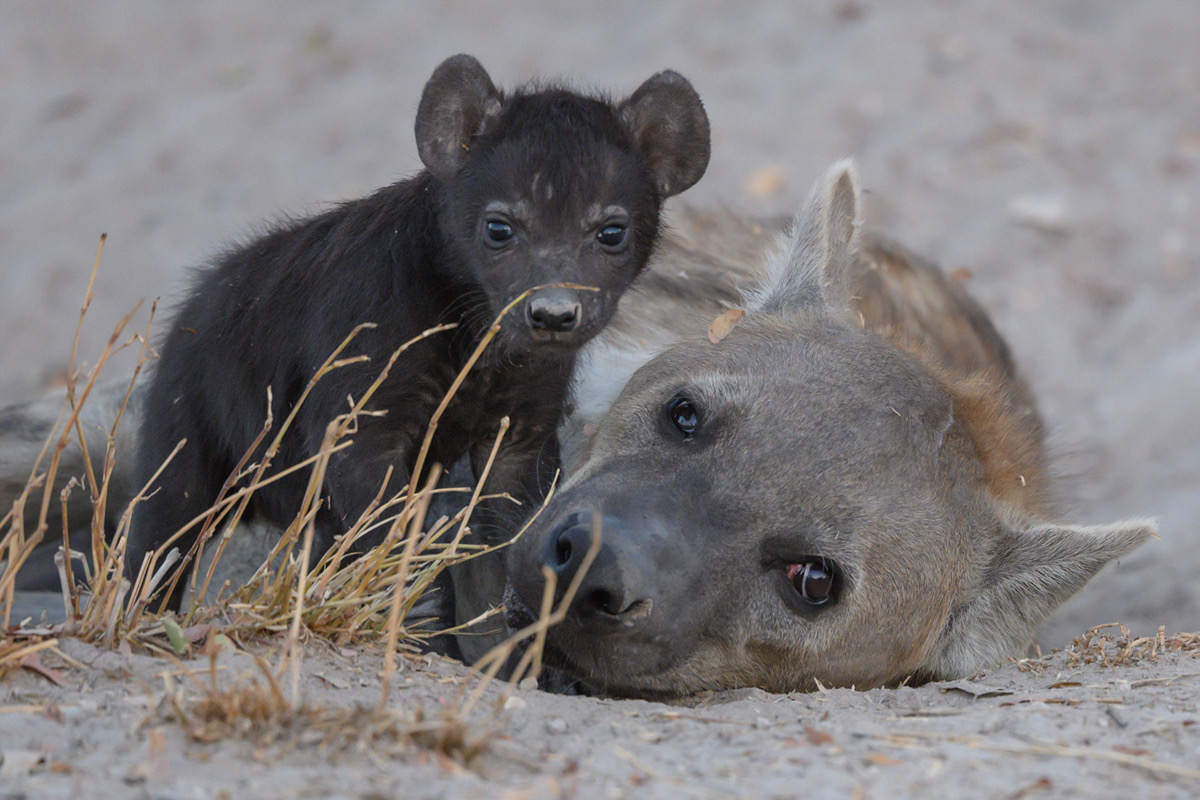During a month off in August 2019 I journeyed to Botswana, Africa with a couple of friends on a low-key, no expectations trip.

Sun not really out yet in this area, but she was...
Okay, you never have no expectations when you go to Africa to shoot wildlife, but I've got enough images in my files from 25 years of doing this that I can just go and enjoy what happens, not need something particular to happen.
I chose to do an experiment this year, as I often do when I travel for pleasure instead of a work-specific purpose: I decided to shoot entirely using Nikon mirrorless. In particular, a Nikon Z6 and Z7. No D850, no D5, just two Z's.
A number of reasons backed this decision: (1) people don't think mirrorless can do safari well; (2) I wanted to travel as light as possible but stay full frame; (3) I wanted to compare my most recent Nikon DSLR experience in Africa with Nikon's new mirrorless gear; (4) I'm still waiting for Nikon to get its marketing act together and tell everyone what their cameras can actually do, so I just decided to just do so myself ;~).
My entire mirrorless kit fit into a Kiboko 2.0 16L [advertiser link; very good bag if your gear will fit in it]. Normally I have a hard time fitting all my DSLR gear into the much larger Kiboko 22L and my briefcase.
I took: Z6 and Z7 bodies, two FTZ adapters, plus the 70-200mm f/2.8E and 500mm f/5.6E PF lenses, a flash, more batteries than I needed, more cards than I needed, plus a bunch of miscellaneous bits and pieces, including a 100 watt hour battery to charge things, all in the Kiboko. Total weight: 27 pounds. The bag fit easily into overheads, even on an Embraer 145, which is the 1-2 seat single aisle configuration with only one overhead bin (over the 2 seats) that's among the most restrictive regional jets you'll encounter.
First off, the trip was insane. Off-the-charts insane. You're not even going to see my best shots from this trip in this article because I haven't gotten around to processing them. We encountered so many lions and leopards we lost count. We watched multiple hunts and multiple kills. One pride of lions insisted on camping out with us for the first four days. You could literally shoot them almost from your tent.

These lions were sleeping when a Kudu accidentally walked up to them. The lions then went into the most amusing crouch you've ever seen, trying to hide themselves from the approaching kudu by melting into the savannah. Unfortunately, that didn't work; the kudu figured things out and ran off. At which point all the lion heads came up. This, by the way, isn't the full pride. There are five additional lions not in this photo.
We had lion cubs galore, two-week old leopard and hyena pups, and sightings you normally don't get, such as the Aardwolf. Eagles kept killing things on our watch (doves and springhares). We not only saw the illusive Sitatunga, we photographed them mating. And I've now gone from thinking getting one lilac-breasted roller taking flight isn't a challenge at all, but four-at-a-time might be.

No, this is not a composite photo, nor is it Photoshopped. Believe it or not, I now have one, two, three (above) and even five lilac breasted rollers in a single flight shot. Insane.
Heck, at one point we gave up trying to get a photo of a rhino we saw in the distance—extremely rare in Botswana—to chasing an African Wild Cat. Add in servals, those aardwolves, and bat-eared foxes, and you start to get the idea: the wildlife was on full display to the point where the antelope species, giraffe, and most prey got ignored by us unless it was being chased by something. Heck, even the predators were always chasing themselves.

Had the Nikon Z's failed me, I'd be furious right now, because in 25 years of going to Africa I haven't seen such an amazing parade of animals all in a single trip. Instead, I'm perfectly happy. These images speak for themselves.
I've yet to see Nikon marketing pick up on most of the following, so let me cite a number of the "pros" of using the Nikon Z system on safari:
- The EVF coupled with magnification makes a better-than-spotting scope (or binoculars) scanning device.
- The EVF allowed me to see what I was doing during near pitch black conditions (I shot the mostly nocturnal Hyenas at ISO 25600 successfully, for example; the following shot was almost an hour after sunset).

- The EVF allowed me to see what I was shooting in bright conditions (the rear LCD can wash out in bright sun, and the DSLR viewfinder can wash out shooting into the sun, too).
- The smaller size of the gear I was using allowed me to juggle two complete systems in the front seat of the Land Cruiser where I had very minimal space available (lens choice helped here).
- 500mm on a Z7 is also 750mm at DX crop on a Z7 (providing 20mp), as good as you'd get from a D500.
- Complex metering situations, such as lions in foreground at sunrise, are far easier to evaluate when you're looking at what the camera is actually going to do (e.g. Custom Setting D8 set to On).

- Doing "manual focus touchup" when you have grass in front and in back of a subject is simple: magnify, adjust the manual focus ring with peaking enabled, shoot. Note that in the following shot, most of the Z's Autofocus Area Modes would pick up the foreground bush. Easily corrected.

Prior to setting off on this trip with the Nikon mirrorless gear, I heard from several friends about all the "negatives" I was about to experience:
- Batteries would be an issue. Nyet. I averaged a bit less than one battery a day in each camera over two weeks, with an average of about eight hours out shooting each day. Total number of shots worked out to about 10,000. Very easy to keep up with charging the batteries (disclosure: we've added a heavy-duty and dedicated converter system with AC plugs in the vehicle I use, so we can also charge while we're shooting). I had brought six extra batteries with me, but didn't need the extras at all; two per camera would have sufficed. Rotating the two in the camera with two additional ones via the charger was enough to keep me going without interruption or concern.
- Dust would overwhelm me. Nada. First, I didn't change lenses partly to combat this, but despite a massive sand storm one day and Botswana's notorious dusty environs—currently in a drought which is making them more notorious—I ended up with far more sand up my nose than on my sensor. Despite having brought sensor cleaning gear, I never had to use it while there.
- I'd miss sequences due to focus issues, particularly birds in flight. No way, Jose. Oh, as always on safari there were a few "misses" where I couldn't control the AF system to do what I wanted it to fast enough. But that happens sometimes with the DSLRs, too. That said, I'd love a day with the focus engineers at Nikon, because after an intensive session like I had, I've got very strong ideas on what needs to be added or changed to make the Z's even better. I've got a few sequences of images that illustrate where something is harder to get right on the Z's than on the DSLRs. But I also have thousands of perfectly focused images, too. Biggest real issue is one I've noted in my review, book, and other comments: you can't combine AF-ON with an AF Area Mode change (e.g. on thumb stick press).

- The cameras wouldn't hold up to a beating. Nope. I treated my Z's no differently than I do my DSLRs on this trip (which is to say, roughly). At times, there was a camera on the floor bouncing around as we moved. I did little to nothing to keep gear from being tossed around. I also didn't return them to a bag at night; after a quick external dusting, they sat on the floor of my tent until the next morning. The Z's stood up to this test just fine.
- The eye detector in the viewfinder would foul and cause issues getting to the LCD display. Okay, if you call blowing on it a lot a problem. Literally. That's all I did. One well-aimed blow pretty much always got the monitor display right back. If you're not a blow hard like me, carry a small eyebrow brush with you.
- Using a D850 would be a better idea. Nein. My shooting partner in the vehicle was using a pair of D850's. He got some shots I would have liked, I got some shots he would have liked. But it had nothing to do with which cameras we were using.
- The Sony mirrorless would be better. Nnyaa (in Setswana). It would only be go sa tshwane (different). I probably would have picked the Sony 100-400mm lens instead of the Nikkor 500mm, giving up some reach for flexibility. In my experience I'd probably also have many more "almost perfect focus" in capturing motion with the Sony instead of the "dead on focus" shots like I got with the Nikon.
I'll be doing more of a follow-up on this in the future.
Bottom line: going all Nikon Z mirrorless didn't cause me any issues, and I was very pleased with the results. Why Nikon can't get that message out clearly, I don't know. I do note that the other pros I know using the Z's are also happy with them, too.

Support this site by purchasing from the following advertiser:
